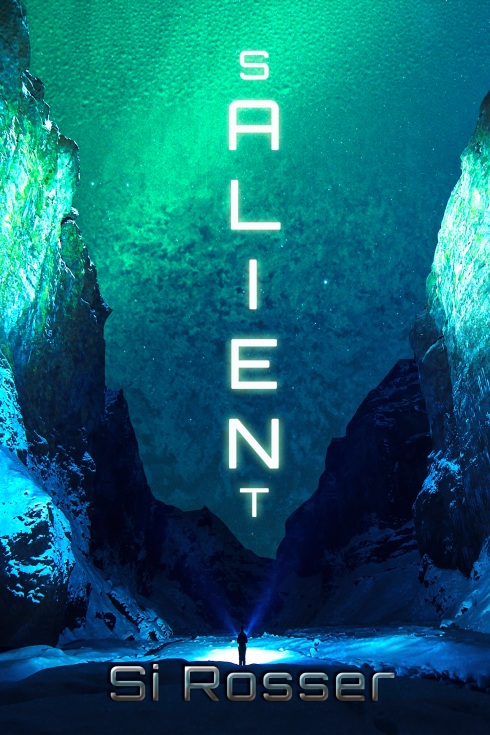The Voyager space probes, launched from Earth in 1977 to study and photograph the planets Jupiter, Saturn, Uranus and Neptune – a task they completed in 1989 have both now left our Solar System. Voyager 1 left in 2012 and Voyager 2 has just done so.
The probe’s present location is some 18 billion km (11 billion miles) from Earth and is moving at roughly 54,000km/h (34,000mph). Voyager 1 is even further away and travelling faster still, at 22 billion km and 61,000km/h.
Both spacecraft will continue transmitting signals and data until their plutonium power packs run out – perhaps in another 10 years time. After that, they will continue on their voyage through interstellar space until finally reaching the next closest star, in about 40,000 years!
According to Space.com website, here are some of the Voyager program’s probes achievements;
- Examined Jupiter’s atmosphere, including its hurricanes.
- Found active volcanoes on Io, a moon of Jupiter, as well as a “torus” (a ring of sulfur and oxygen that Io is shedding).
- Saw evidence of an ocean beneath Europa, an icy moon of Jupiter.
- Looked in detail at Saturn’s rings; observed waves, structure and “shepherd moons” that influence the shape of its F-ring.
- Saw evidence of an atmosphere around Titan, a moon of Saturn, which scientists correctly identified as being composed largely of methane.
- Discovered a Great Dark Spot on Neptune, which is a large storm.
- Saw active geysers on Triton, an icy moon of Neptune
Both Voyager spacecraft carry recorded messages from Earth on golden phonograph records — 12-inch, gold-plated copper disks. A committee chaired by the late astronomer Carl Sagan selected the contents of the records for NASA. The “Golden Records,” as these records are called, are cultural time capsules that the Voyagers bear with them to other star systems. They contain images and natural sounds, spoken greetings in 55 languages and musical selections from different cultures and eras.
So, as we say bye bye to these little space probes, we must hail this amazing human technological achievement and NASA’s 40 year space mission, which is heading for a half century space mission, provided signals are still being beamed back in 9 years time…
This brings me on to another signal. Will the probes, or any Earth-based detection system pick up any alien signals from outer space? Perhaps we already have picked up a signal and just didn’t know it. If you’d like to know how things might unfold, then check out my recent Science Fiction thriller – SALIENT, by clicking the link below or visit my website for more information.

